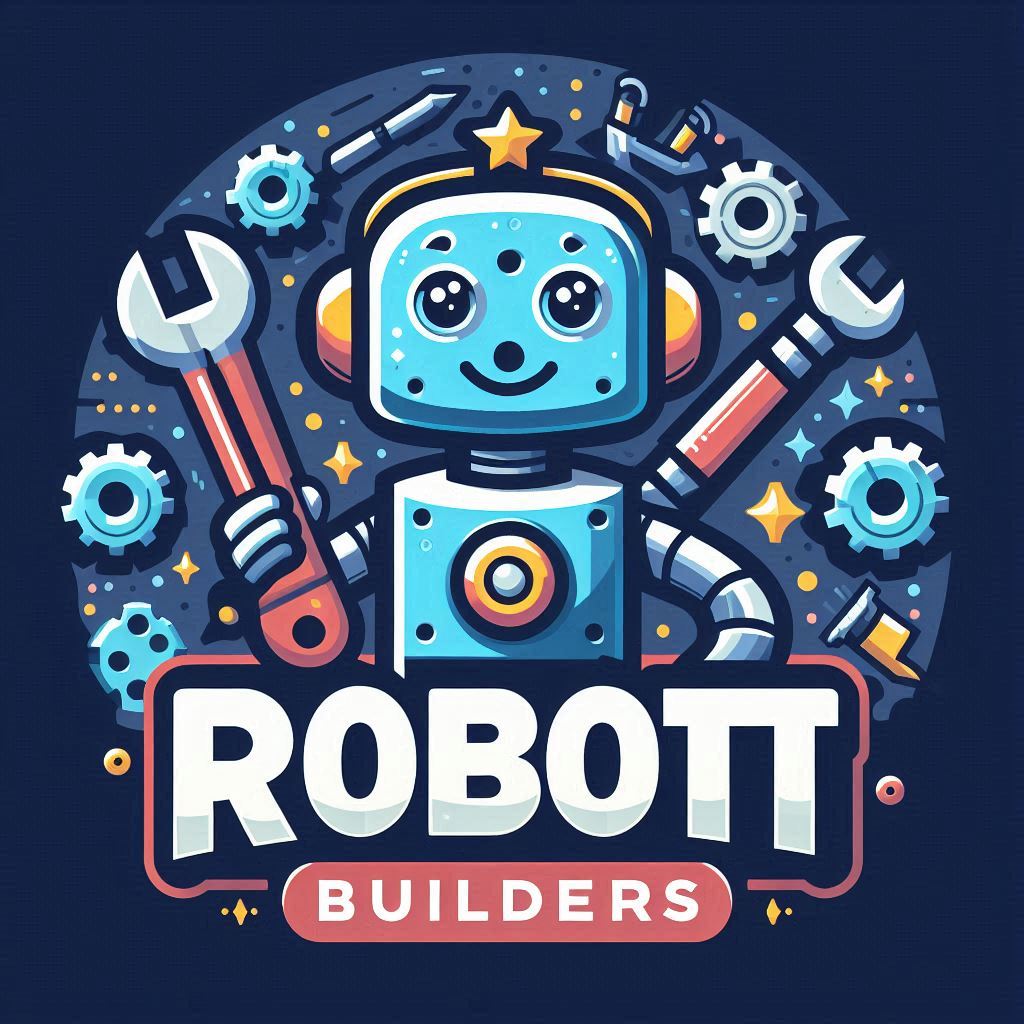Robotics is a fascinating and ever-evolving field. Whether you’re building a robot for a hobby project, educational purposes, or an industrial application, selecting the right components is crucial. In this article, we will guide you through the essential steps to choose the best components for your robot, ensuring optimal performance and reliability.

Understanding Your Robot’s Purpose
Before diving into component selection, identify the primary purpose of your robot. Ask yourself:
- What tasks will the robot perform? (e.g., navigation, object manipulation, etc.)
- What is the operating environment? (indoors, outdoors, or hazardous areas)
- What constraints must be considered? (budget, size, weight, power consumption)
A clear understanding of your robot’s purpose will help you make informed decisions about the components required.
Key Components of a Robot
1. Microcontroller or Microprocessor
- Choose a microcontroller (e.g., Arduino) for simpler tasks or a microprocessor (e.g., Raspberry Pi) for more complex computations.
- Consider factors such as processing speed, memory, and available ports for peripherals.
2. Sensors
- Proximity Sensors: For detecting objects.
- Vision Sensors: For cameras or advanced vision processing.
- Gyroscopes and Accelerometers: For stability and movement tracking.
- Select sensors based on the robot’s need for precision and environmental interaction.
3. Motors and Actuators
- Determine the type of movement needed (wheels, legs, or arms).
- Choose servo motors for precise motion, stepper motors for incremental movement, or DC motors for continuous rotation.
4. Power Supply
- Use rechargeable batteries or direct power sources depending on runtime requirements.
- Check voltage and current ratings to avoid damaging components.
5. Chassis and Frame
- Ensure the frame material can support the robot’s weight and protect its components.
- Consider lightweight yet sturdy materials like aluminum or plastic for portability.
6. Communication Modules
- Decide between Bluetooth, Wi-Fi, or other modules based on the need for remote control or internet connectivity.
7. Software
- Select compatible software for coding and controlling your robot. Popular options include Arduino IDE, ROS (Robot Operating System), or Python-based libraries.
Factors to Consider When Choosing Components
- Compatibility: Ensure all components work seamlessly together.
- Scalability: Pick components that allow for future upgrades or added functionalities.
- Cost vs. Quality: Strike a balance between affordability and reliability.
- Energy Efficiency: Opt for components with low power consumption to extend battery life.
Pro Tips for Beginners
- Start with a kit: Robotics kits like LEGO Mindstorms or VEX Robotics are great for beginners.
- Experiment and test: Always prototype your robot before committing to final components.
SEO Summary
In this article, we’ve broken down the essentials of selecting components for your robot. By defining your goals, understanding key parts, and evaluating compatibility, you can ensure that your robot is built for success. Share your robot-building experiences in the comments below and let us know what challenges you faced during the process.
